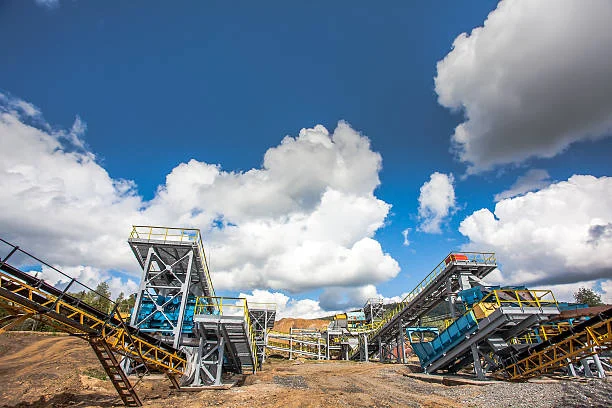
In the mining industry, the extraction of gold and silver from ores has long been a crucial process. For many years, sodium cyanide has been a commonly used reagent in this extraction process. However, due to its extremely high toxicity, sodium cyanide poses significant risks to both human health and the environment. In recent years, with the increasing emphasis on environmental protection and safety, there is a growing need to find alternatives to sodium cyanide for gold and silver extraction. This article will explore several such alternatives.
1. The Dangers of Using Sodium Cyanide in Gold and Silver Extraction
Sodium cyanide is highly toxic. Even a very small amount can be lethal to humans and animals. In the mining process, if there are any leaks or improper handling of sodium cyanide, it can lead to serious poisoning incidents. For example, in some mining areas, accidental spills of sodium cyanide solutions have caused the death of local wildlife and endangered the health of nearby residents.
Moreover, sodium cyanide can have a long - term and far - reaching impact on the environment. When it enters water bodies, it can cause water pollution, affecting aquatic ecosystems. The cyanide ions can react with various substances in the water, and the degradation products may also have negative effects on the environment. In addition, the disposal of cyanide - containing waste is also a challenging issue, as it requires special treatment methods to ensure that the released substances do not cause further pollution.
2. Alternative Methods and Reagents for Gold and Silver Extraction
2.1. Thiosulfate Leaching
Thiosulfate is one of the promising alternatives to sodium cyanide. In the thiosulfate leaching process, gold and silver in the ore react with thiosulfate ions in the solution. Through a series of chemical reactions, they form soluble complexes that can be easily separated and further processed to obtain the precious metals.
The advantages of thiosulfate leaching are obvious. First of all, thiosulfate is much less toxic than sodium cyanide, which greatly reduces the risk of harm to human health and the environment. Secondly, this method can be more effective in treating certain types of ores, especially those containing copper and other interfering elements. In some cases, thiosulfate leaching can achieve higher gold and silver recovery rates compared to traditional cyanide leaching. For example, in some copper - associated gold ore mines, the use of thiosulfate leaching has increased the gold recovery rate by 10 - 15%.
2.2. Sulfuric Acid Leaching (for Some Silver - Bearing Ores)
Sulfuric acid can be used to extract silver from certain silver - bearing ores. When silver - bearing ores are treated with sulfuric acid, silver in the ore undergoes a chemical reaction under specific conditions. As a result, new substances are formed that allow for the separation and extraction of silver.
Sulfuric acid is relatively inexpensive and widely available. This method is suitable for some silver - rich ores with specific compositions. However, it also has some limitations. For example, it may require specific temperature and pressure conditions, and the leaching process may produce sulfur - containing gases, which need to be properly treated to avoid air pollution.
2.3. Bio - leaching
Bio - leaching is an environmentally friendly method that uses microorganisms to extract gold and silver from ores. Microorganisms such as certain bacteria can oxidize the sulfur - containing minerals in the ore. This oxidation process changes the chemical environment around the gold and silver particles, making them more likely to dissolve in the solution, thus enabling their extraction.
Bio - leaching has several advantages. It is a low - energy - consuming process, as the microorganisms can work under relatively mild conditions. It also significantly reduces the use of chemical reagents, which is beneficial for environmental protection. In addition, this method can be applied to low - grade ores, which may not be economically viable for traditional extraction methods. However, bio - leaching usually requires a longer reaction time compared to chemical leaching methods.
2.4. Flotation - Based Methods (for Some Ores)
Flotation is a physical separation method that can be used to enrich gold and silver in some ores. The principle is based on the different surface properties of gold, silver minerals and gangue minerals. By adding appropriate collectors and frothers to the ore slurry, the gold and silver minerals can be selectively attached to the bubbles and floated to the surface, while the gangue minerals sink. For example, in some sulfide - type gold and silver ores, xanthate - type collectors can be used to selectively adsorb on the surface of gold and silver sulfide minerals, enhancing their hydrophobicity and facilitating flotation.
Flotation - based methods are relatively environmentally friendly as they do not rely on highly toxic chemicals. They can be used as a pre - treatment step before further extraction processes, which can improve the overall efficiency of gold and silver extraction. However, the effectiveness of flotation depends on the nature of the ore, and for some complex ores, the separation effect may not be ideal.
2.5. Mercury - Free Amalgamation - like Methods
Although traditional mercury amalgamation for gold extraction has been phased out due to mercury's high toxicity, there are some new mercury - free amalgamation - like methods emerging. Researchers are exploring the use of certain alloys or compounds that can interact with gold and silver in the ore in a way similar to mercury amalgamation. These materials can selectively react with gold and silver, and then through subsequent separation and purification steps, the precious metals can be obtained. The advantage of this method is that it avoids the use of mercury and its associated environmental problems. However, it is still in the research and development stage, and more work is needed to optimize the process and improve the extraction efficiency.
3. Considerations for Choosing Alternatives
When choosing an alternative to sodium cyanide for gold and silver extraction, several factors need to be considered. First, the nature of the ore is crucial. Different ores have different compositions and properties, and some alternatives may be more suitable for certain types of ores. For example, thiosulfate leaching is more effective for ores with high copper content, while bio - leaching may be more suitable for low - grade sulfide ores.
Secondly, economic factors play an important role. The cost of alternative reagents, equipment requirements, and energy consumption during the extraction process all affect the overall cost. For example, although bio - leaching is environmentally friendly, if the reaction time is too long, it may increase the production cost.
Finally, environmental and safety regulations also need to be complied with. Mining companies must ensure that the chosen alternative method meets the relevant environmental protection and safety standards to avoid potential legal risks.
In conclusion, the search for alternatives to sodium cyanide in gold and silver extraction from ores is an important trend in the mining industry. Thiosulfate leaching, sulfuric acid leaching, bio - leaching, flotation - based methods, and emerging mercury - free amalgamation - like methods all show potential. By carefully considering the nature of the ore, economic factors, and regulatory requirements, mining companies can choose the most suitable alternative method to achieve sustainable and safe gold and silver extraction.
- Random article
- Popular articles
- Popular comments
- Copper ore stage grinding and selection process
- Tin ore gravity+flotation process
- Hg-ore Gravity selection+flotation process
- Iron Ore Roasting and Magnetic Separation Process
- How to Extract Gold Using Mercury
- Gold Mine Combined Beneficiation Process
- Gold Ore Thiourea Beneficiation

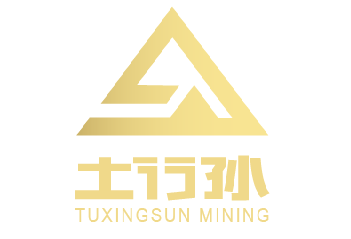

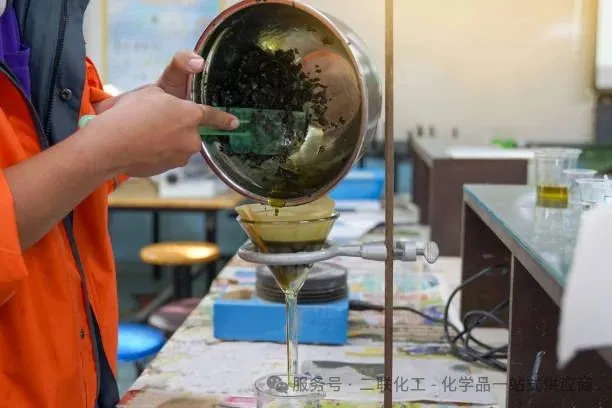


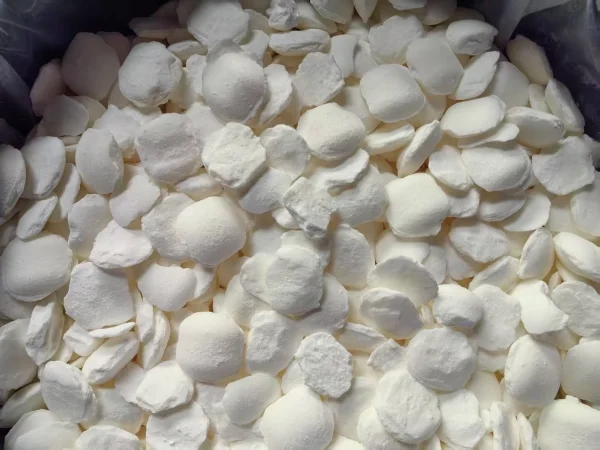
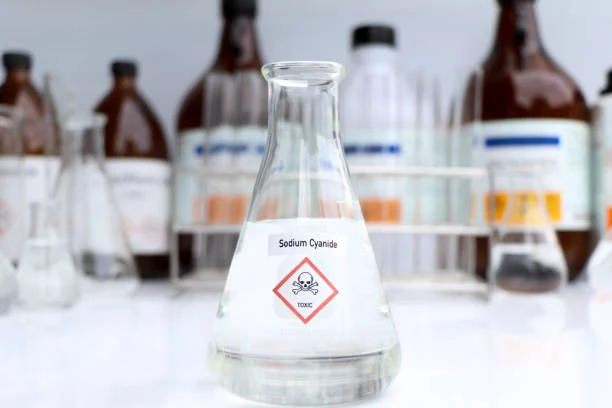
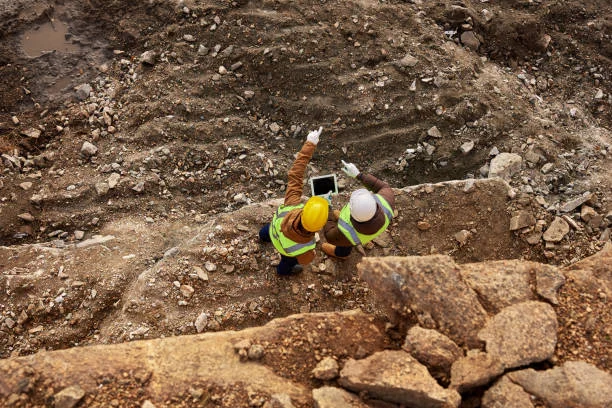
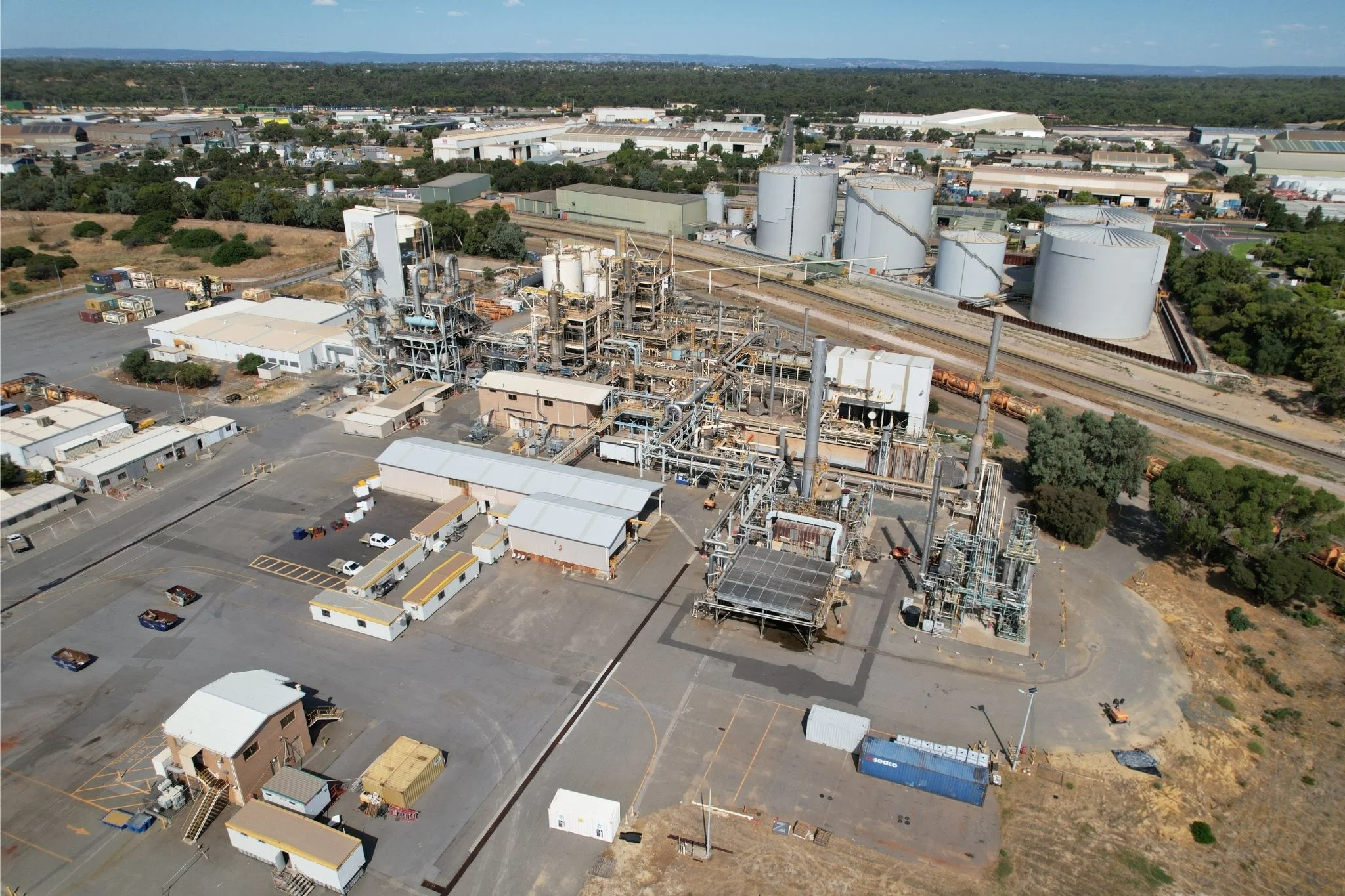
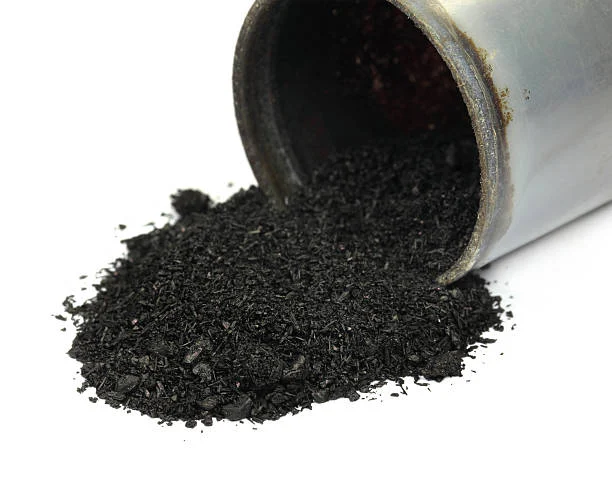
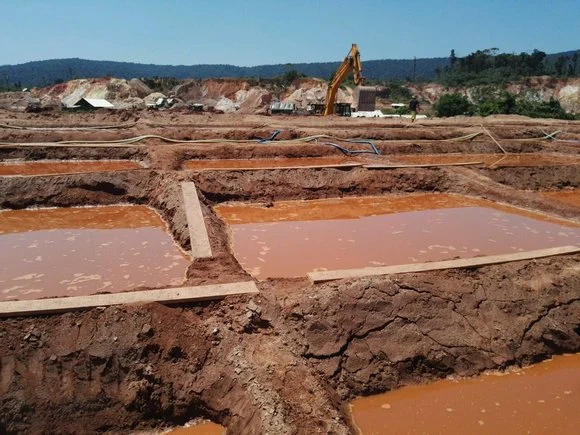
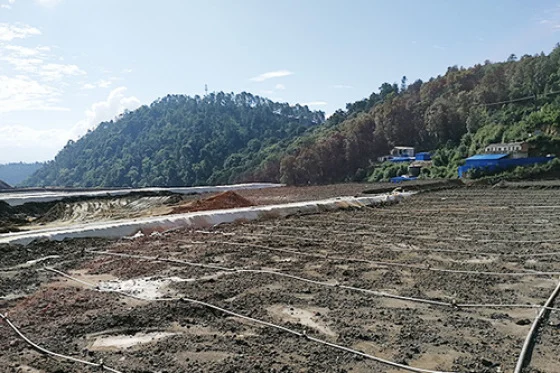
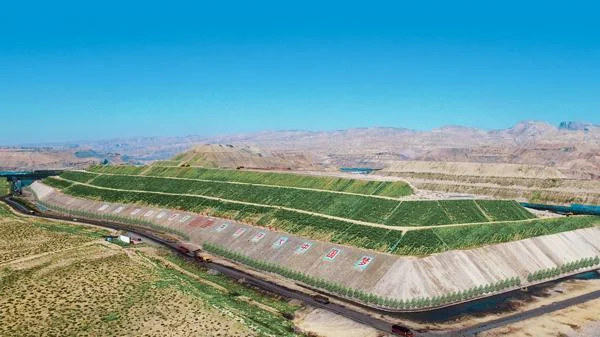

Leave a message with your needs or comments
Add comment: